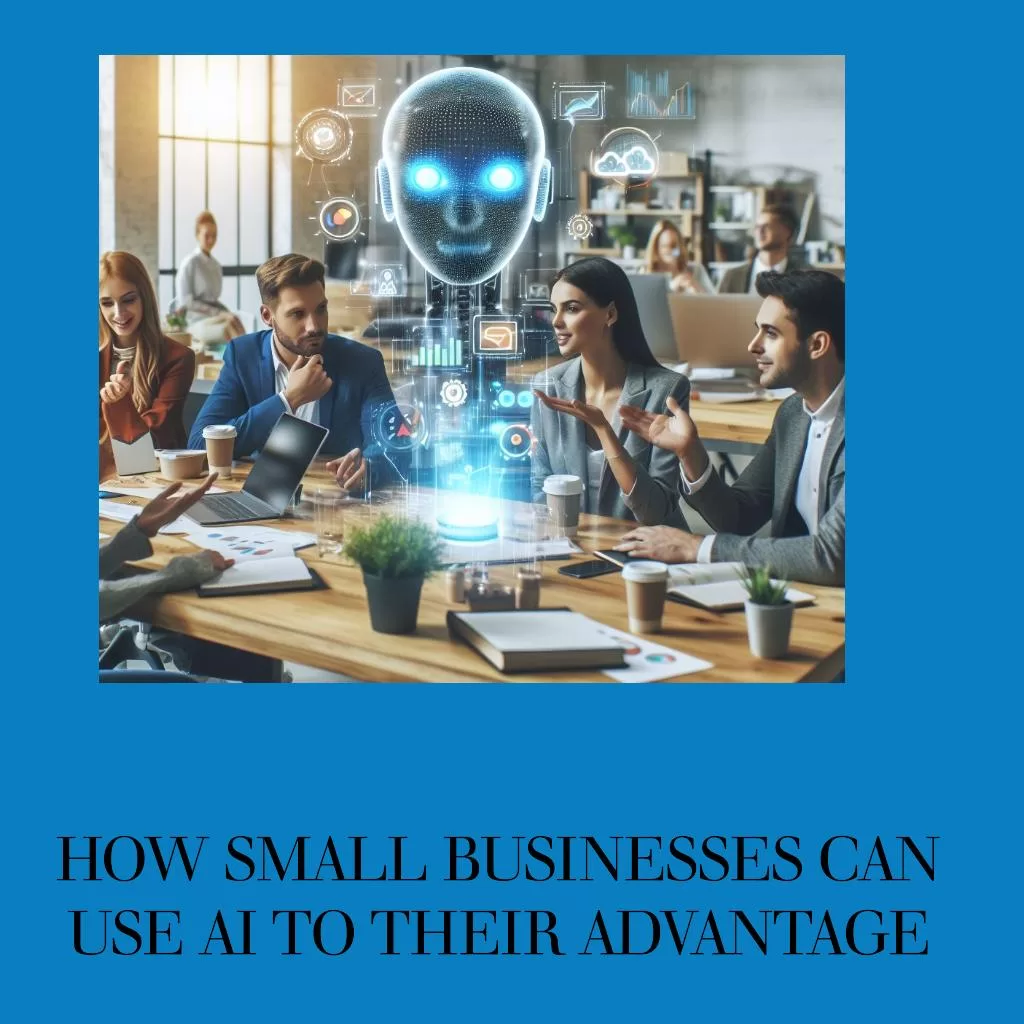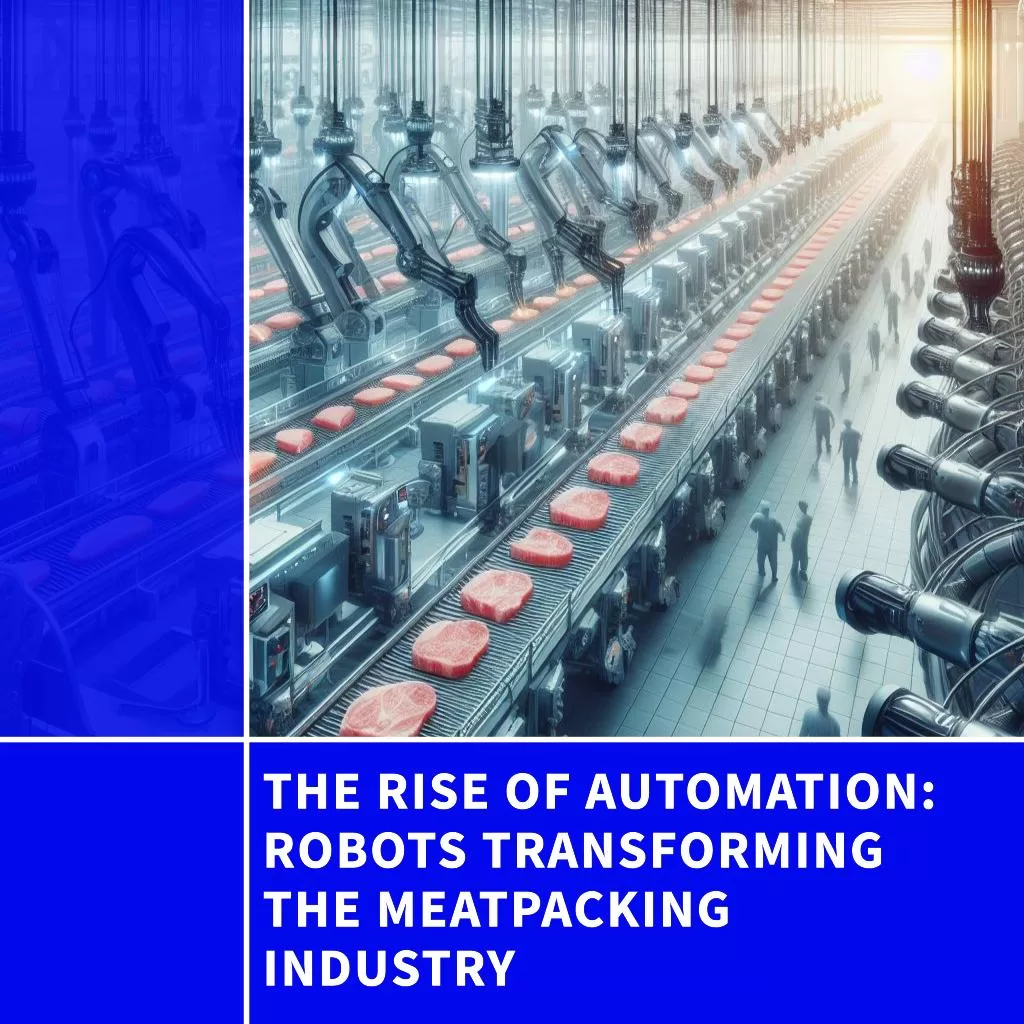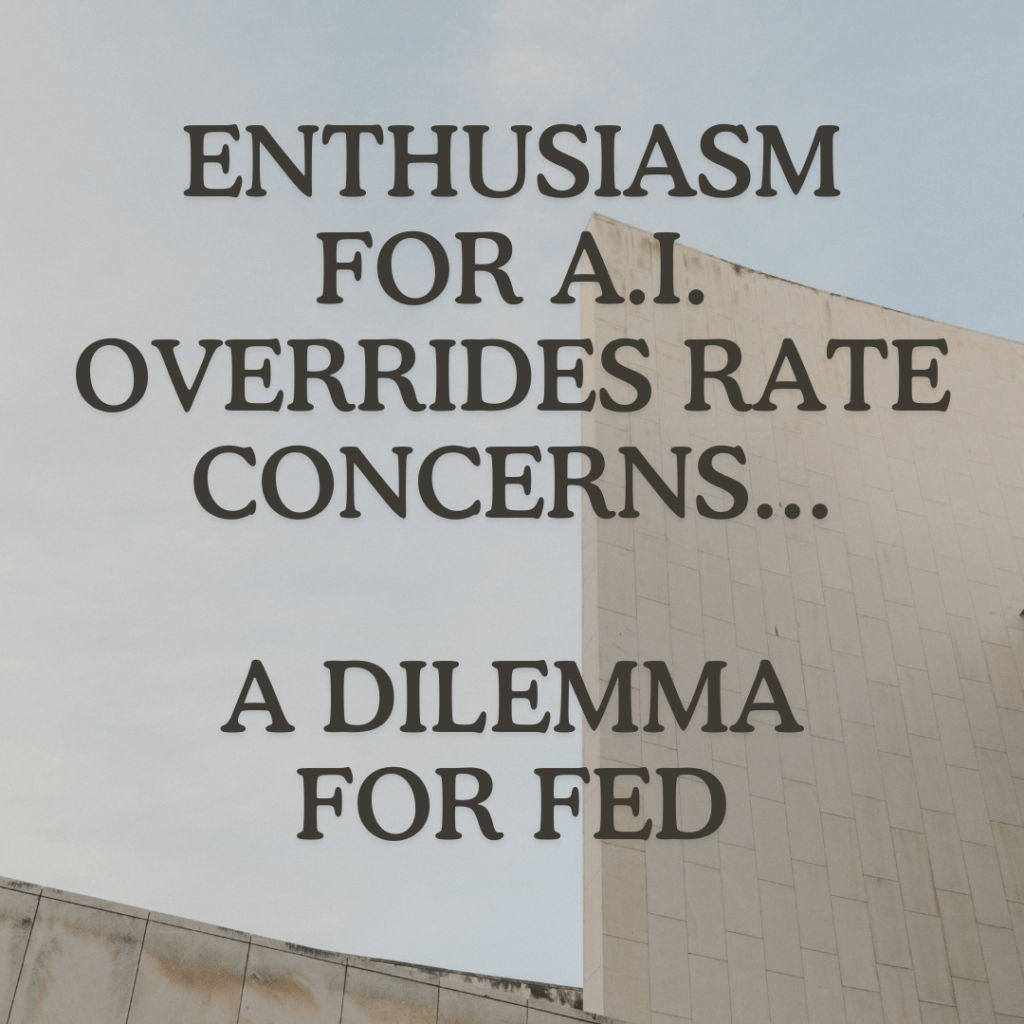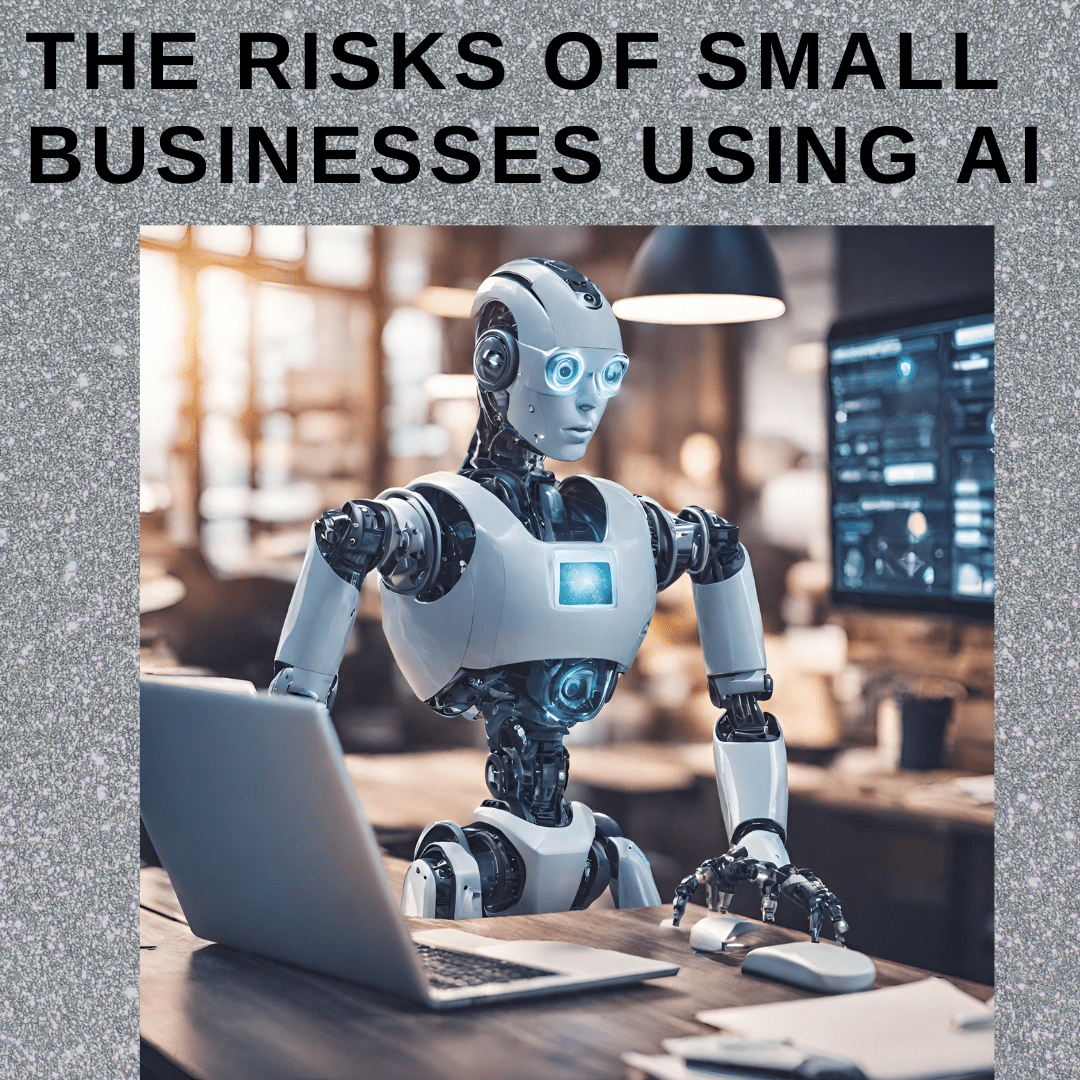The book argues that Artificial Intelligence (AI) is fundamentally transforming how businesses operate and compete, leading to the emergence of new digital giants and requiring traditional firms to rethink their strategies, operating models, and leadership. It emphasizes the shift towards AI-centric organizations powered by data, algorithms, and networks, and explores the strategic collisions between digital and traditional firms, along with the ethical and societal implications of this transformation.
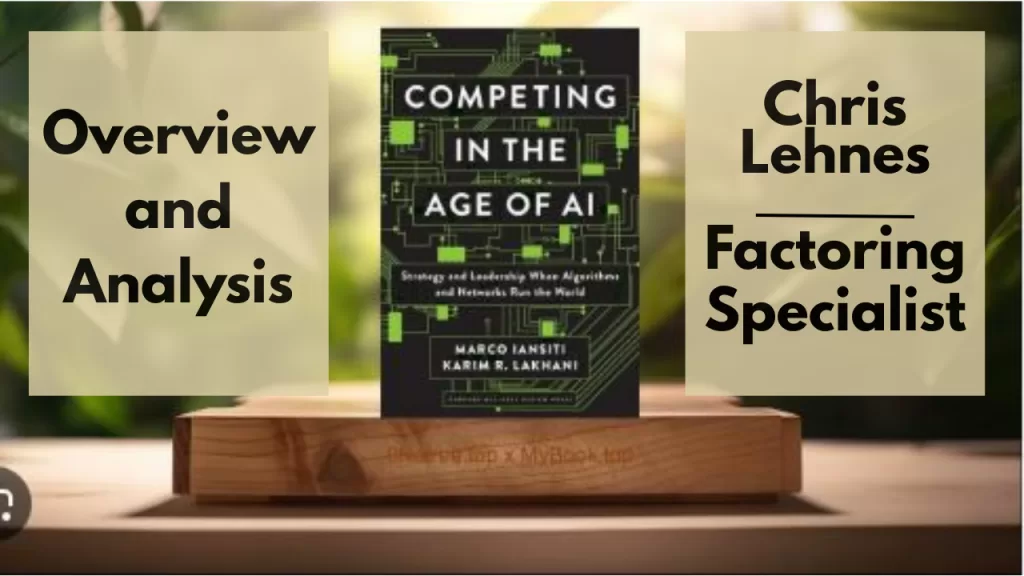
Key Ideas and Facts:
1. The Transformative Power of AI and the Rise of Digital Firms:
- Artificial Intelligence is reshaping competitive landscapes and impacting businesses across all sectors. The book introduces the “Age of AI” as a period of profound transformation.
- Digital companies differ significantly from conventional firms, leveraging AI to create entirely new business models.
- These firms build value through “digital operating models” that are inherently scalable, multisided, and capable of continuous improvement.
- Examples like Ant Financial (Alipay), Amazon, Netflix, Ocado, and Peloton illustrate how digitizing operating processes with algorithms and networks leads to transformative market impact.
- Ant Financial’s MYbank utilizes vast amounts of data and AI algorithms to assess creditworthiness and offer small loans efficiently: “Ant uses that data to compare good borrowers (those who repay on time) with bad ones (those who do not) to isolate traits common in both groups. Those traits are then used to calculate credit scores. All lending institutions do this in some fashion, of course, but at Ant the analysis is done automatically on all borrowers and on all their behavioral data in real time.”
- Netflix leverages streaming data to personalize user experience and predict customer loyalty: “We receive several million stream plays each day, which include context such as duration, time of day and device type.”
2. Rethinking the Firm: Business and Operating Models in the Digital Age:
- The book differentiates between a firm’s business model (how it creates and captures value) and its operating model (how it delivers that value).
- Digital firms excel at business model innovation, often separating value creation and capture and leveraging diverse stakeholders.
- “A company’s business model is therefore defined by how it creates and captures value from its customers.”
- The operating model is the “actual enabler of firm value and its ultimate constraint.” Digital operating models are characterized by software, networks, and AI.
- Digitization leads to processes that are “infinitely scalable” and “intrinsically multisided,” allowing firms to expand their scope and create multiplicative value.
3. The Artificial Intelligence Factory: Data, Algorithms, and Continuous Improvement:
- Advanced digital firms operate like an “AI Factory,” with a core system of data, decision algorithms, and machine learning driving continuous improvement and innovation.
- Data is the foundation, requiring industrialized gathering, preparation, and governance.
- Algorithms are the tools that use data to make decisions and predictions. Various types of algorithms (supervised, unsupervised, reinforcement learning) are employed.
- Experimentation platforms are crucial for testing and refining algorithms and service offerings.
- “After the data is gathered and prepared, the tool that makes the data useful is the algorithm—the set of rules a machine follows to use data to make a decision, generate a prediction, or solve a particular problem.”
4. Rearchitecting the Firm: Transitioning to an AI-Powered Organization:
- Traditional firms need to “rearchitect” their operations and architecture to integrate AI capabilities and achieve agility.
- This involves moving away from siloed, functionally organized structures towards more modular and interconnected systems.
- The historical evolution of operating models, from craft production to mass production, provides context for the current digital transformation.
- Breaking down “organizational silos” and embracing modular design are key to enabling AI integration.
5. Becoming an AI Company: Key Steps for Transformation:
- The book outlines steps for traditional businesses to transform into Artificial Intelligence -powered organizations, focusing on building foundational capabilities in data, algorithms, and infrastructure.
- This often involves overcoming resistance to change and fostering a new mindset across the organization.
- Examples like Microsoft’s internal transformation highlight the challenges and opportunities in this process.
6. Strategy for a New Age: Navigating the Digital Landscape:
- Strategic frameworks and tools need to adapt to the digitally-driven, AI-powered world.
- Network effects (where the value of a product or service increases with the number of users) are a critical competitive advantage for digital firms.
- “Generally speaking, the more network connections, the greater the value; that’s the basic mechanism generating the network effect.”
- Understanding the dynamics of network value creation and capture, including factors like multihoming and network bridging, is essential for strategic decision-making.
- Analyzing the potential of a firm’s strategic networks and identifying opportunities for synergy and expansion is crucial.
7. Strategic Collisions: Competition Between Digital and Traditional Firms:
- The book explores the competitive dynamics between AI-driven/digital and traditional/analog firms, leading to market disruptions.
- Digital entrants can often outperform incumbents by leveraging AI for superior efficiency, personalization, and scale.
- The example of a financial services entrant using AI for creditworthiness demonstrates this: “Consider a financial services entrant that uses AI to evaluate creditworthiness by analyzing hundreds of variables, outperforming legacy methods. This approach enables the company to approve significantly more borrowers while automating most loan processes.”
- Established businesses face a “blank-sheet opportunity” to reimagine their operating models with AI agents, potentially diminishing the competitive advantage of scale held by larger incumbents.
8. The Ethics of Digital Scale, Scope, and Learning:
- The ethical implications of AI scaling, data use, and its impact on society are examined.
- This includes concerns about algorithmic bias, privacy erosion, the spread of misinformation, and the potential for increased inequality.
- The book acknowledges that “Human bias Is a Huge Problem for AI.”
- The need for new responsibilities and frameworks to address these ethical challenges is highlighted.
9. The New Meta: Transforming Industries and Ecosystems:
- AI is transforming industries and ecosystems, creating “mega digital networks” with “hub firms” that control essential connections.
- These hub firms, like Amazon and Tencent, exert significant influence and face increasing scrutiny from regulators.
- The boundaries between industries are blurring as AI enables firms to recombine capabilities and offer novel services.
10. A Leadership Mandate: Skills and Mindsets for the AI Era:
- The book concludes by exploring the key leadership challenges, skills, and mindsets needed to exploit the strategic opportunity and thrive in the AI era.
- Leaders must foster a culture of experimentation, embrace data-driven decision-making, and navigate the ethical complexities of Artificial Intelligence.
- The importance of collective wisdom, community engagement, and a sense of responsibility for the broader societal impact of Artificial Intelligenceis emphasized.
Quotes Highlighting Key Themes:
- “Artificial intelligence is transforming the way firms function and is restructuring the economy.” (Chapter 1 Summary)
- “Strategy, without a consistent operating model, is where the rubber meets the air.” (Chapter on Operating Models)
- “The core of the new firm is a scalable decision factory, powered by software, data, and algorithms.” (Chapter 3 Summary)
- “The value of a firm is shaped by two concepts. The first is the firm’s business model, defined as the way the firm promises to create and capture value. The second is the firm’s operating model, defined as the way the firm delivers the value to its customers.” (Chapter on Business Models)
Overall Significance:
“Competing in the Age of AI” provides a comprehensive framework for understanding the profound impact of Artificial Intelligenceon business and competition. It offers valuable insights for both traditional organizations seeking to adapt and new digital ventures aiming to disrupt markets. The book stresses the critical interplay between technology, strategy, operations, and ethics in navigating the evolving digital landscape and emphasizes the imperative for forward-thinking leadership in the age of AI
Contact Factoring Specialist, Chris Lehnes
Competing in the Age of AI: Study Guide
Quiz
- According to Competing in the Age of AI, what is the transformative impact of AI on businesses, and how is it changing competitive landscapes? Provide two specific examples mentioned in the book summary.
- How do digital companies, enabled by AI, fundamentally differ in their business models compared to conventional firms? Explain one way AI facilitates these new business models.
- Describe the “AI Factory” concept. What are the key components that drive continuous improvement and innovation in advanced digital firms?
- Why is it crucial for companies to rearchitect their operations to integrate AI capabilities? Mention one specific benefit of this rearchitecting process.
- Outline two key steps a traditional business should undertake to transform into an AI-powered organization.
- What are “strategic collisions” as described in the book? Explain the nature of the competition between AI-driven and traditional firms.
- Discuss one significant ethical implication arising from the scaling of AI, the use of large datasets, or the societal impact of AI technologies.
- How is AI transforming industries and ecosystems, leading to the emergence of a “new meta”? Briefly explain the role of “hub firms” in this context.
- What are the two primary components that define a firm’s value, according to the excerpts? Briefly describe each component.
- Explain the concept of “network effects” and provide a concise example of how it amplifies value for users in a digital platform.
Quiz Answer Key
- AI is transforming businesses by fundamentally altering how they function and compete, leading to reshaped competitive landscapes. Examples include a financial services entrant using AI for superior creditworthiness evaluation and established businesses using AI agents to reimagine operating models.
- Digital companies with AI have business models where value creation and capture can be separated and often involve different stakeholders, unlike the typically direct customer-based model of conventional firms. AI enables this by facilitating new ways to collect and leverage data for value creation (e.g., free services subsidized by advertisers).
- The “Artificial Intelligence Factory” is a system used by advanced digital firms comprising data, decision algorithms, and machine learning. This system continuously analyzes data, refines algorithms, and improves decision-making processes, driving ongoing innovation.
- Companies need to restructure their operations to integrate AI capabilities to enhance agility, improve efficiency, and leverage the power of data-driven insights for better decision-making. One benefit is the ability to automate processes and augment human intelligence.
- Two key steps include developing an AI strategy aligned with business goals and building the necessary data infrastructure and talent to support AI-driven processes and tools.
- “Strategic collisions” refer to the competitive clashes between established traditional (“analog”) firms and emerging AI-driven (“digital”) firms. These collisions often result in market disruptions as digital firms leverage AI for new efficiencies and business models.
- One significant ethical implication is algorithmic bias, where AI systems trained on biased data can perpetuate or even amplify societal inequalities in areas like lending, hiring, or even criminal justice.
- The “new meta” describes how AI fosters the creation of mega digital networks and transforms industries by connecting previously disparate sectors. “Hub firms” are central players in these networks, controlling key connections and shaping competitive dynamics across multiple industries.
- The two primary components are the firm’s business model, which is how the firm promises to create and capture value, and the firm’s operating model, which is how the firm delivers that promised value to its customers.
- Network effects occur when the value of a product or service increases for each user as more users join the network. For example, the value of a social media platform increases for each user as more of their friends and contacts join and become active.
Essay Format Questions
- Analyze the key differences between the operating models of traditional firms and AI-native digital firms as described in Competing in the Age of AI. Discuss how these differences impact their ability to innovate and compete in the current economic landscape.
- Evaluate the concept of the “AI Factory” as presented by Iansiti and Lakhani. Discuss the critical elements necessary for a company to successfully implement and leverage such a system for sustained competitive advantage.
- Discuss the strategic implications of “strategic collisions” for both traditional and AI-driven businesses. What strategies can each type of firm employ to navigate and potentially thrive amidst these disruptive competitive dynamics?
- Explore the ethical challenges posed by the increasing prevalence of AI in business and society, as highlighted in Competing in the Age of AI. What responsibilities do business leaders and policymakers have in addressing these challenges?
- Based on the insights from Competing in the Age of AI, outline the key leadership skills and mindsets required for executives to successfully guide their organizations through the ongoing transformation driven by artificial intelligence.
Glossary of Key Terms
- AI Factory: A system of data, decision algorithms, and machine learning used by advanced digital firms to drive continuous improvement and innovation through data-driven insights and automated processes.
- Business Model: The way a firm promises to create and capture value for its customers, encompassing its value proposition and revenue generation mechanisms.
- Operating Model: The way a firm delivers the value promised in its business model to its customers, encompassing its organizational structure, processes, and technologies.
- Strategic Collisions: The competitive dynamics and market disruptions that occur when AI-driven digital firms with new business and operating models compete against traditional analog firms.
- Network Effects: The phenomenon where the value of a product or service increases for each user as more users join the network, creating positive feedback loops and potential for rapid growth.
- Digital Amplification: The ways in which digital technologies, particularly AI, can magnify the scale, scope, and learning capabilities of firms, leading to significant market impact.
- Rearchitecting the Firm: The process of restructuring a company’s operations and technological infrastructure to effectively integrate Artificial Intelligence capabilities and achieve greater agility.
- Hub Firms: Companies that become central orchestrators in digital ecosystems, controlling key connections and data flows across multiple industries.
- Multihoming: The practice of users or participants engaging with multiple competing platforms within the same market (e.g., a driver working for both Uber and Lyft).
- Disintermediation: The removal of intermediaries or middlemen from a value chain, often facilitated by digital platforms and AI, leading to more direct interactions between producers and consumers.

